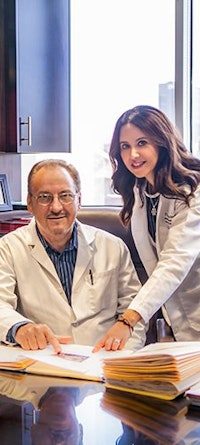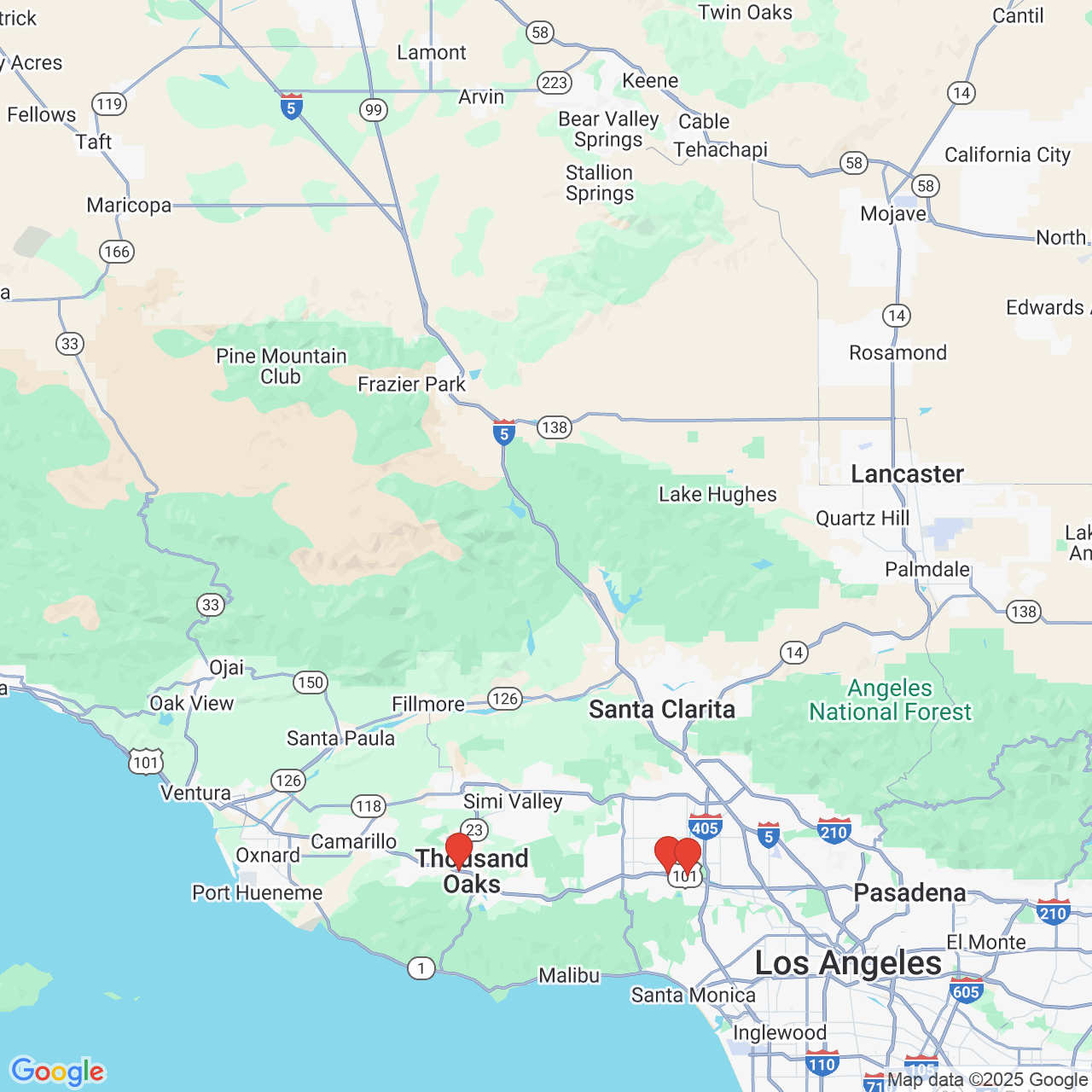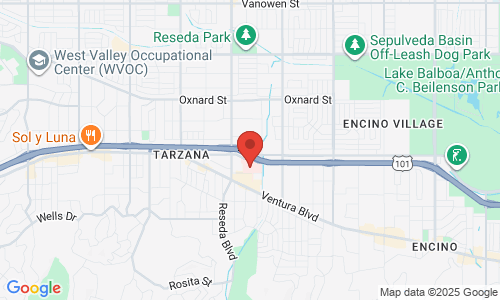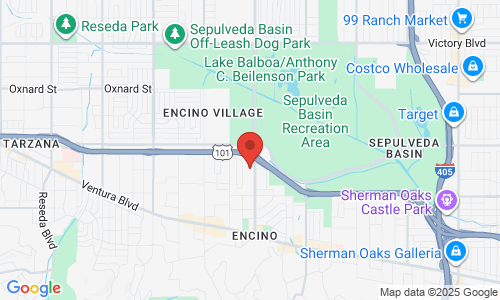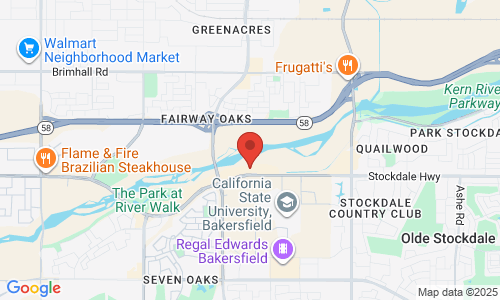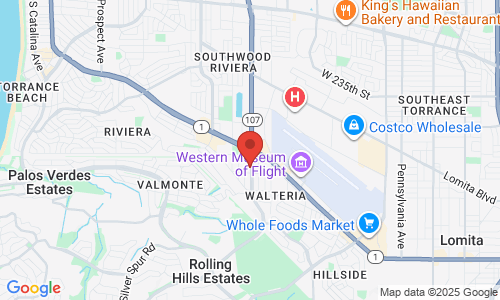5 Days of embryo development in the IVF lab

At our Los Angeles based fertility Center, the Center the Fertility and Gynecology, we maintain one of the best IVF laboratories in Southern California. From micromanipulation techniques like ICSI or assisted hatching, to preimplantation genetic diagnosis (PGD) and vitrification, our lab is adept at the newest and most complex assisted reproductive techniques.
In addition to these glamorous skills, our lab is solidly rooted in the expertise of culturing embryo development. Most embryos spend 3 to 5 days in our IVF lab from the time the egg is aspirated until the embryo is transferred into the uterus. During that time, specific morphological criteria (milestones) are expected of each embryo. Embryos that do not reach these criteria have a lower chance of becoming a baby.
Day 0

The day of follicle aspiration (egg retrieval) is considered day 0. This is the day when the egg is either frozen for oocyte cryopreservation, or fertilized to create an embryo. Only mature eggs (those which have entered meiosis II) can be frozen or fertilized. If ICSI is being utilized for fertilization, the egg is stripped of its outer cells, and if mature, a spermatozoon is injected. If insemination is being used, then an aliquot of prepared sperm is simply placed into the same culture fluid as the egg. In both scenarios, the egg-sperm complex is left to incubate for 12 to 18 hours and then checked to see if it has reached the first stage of embryonic development, the two pro-nuclear (2PN) stage.
Day 1
If fertilization occurs, roughly 18 hours later, the 2PN embryo becomes visible. The 2PN, which stands for two pronuclear, is the first sign that an egg has become an embryo. Each pronuclei comes from the nucleus of either the sperm or the egg. As day 1 passes the pronuclei breakdown and cell division begins.
Day 2

On day two, roughly 42 hours after fertilization, the embryo has undergone two rounds of cell division. Thus, 4 cells will comprise the embryo at this point. Further, based on the symmetry of the cells and the degree of fragmentation around the cells, the embryologist can begin to grade the quality of the embryo. Embryos which do not have 4 cells may still represent good quality embryos, but a “text book” embryo will have 4 symmetrical cells with little or no fragmentation at this point.
Day 3

On day 3, the embryo has undergone 3 rounds of cell division resulting in a total of 8 cells. Each cell is termed a “blastomere” and the degree of fragmentation and/ or symmetry of the cells determine the embryo’s quality. Day one through three is known as the cleavage stage and day three is one of the most common times for embryo transfer into the uterus. Additionally, day three is the first time a biopsy can be performed for the purpose of genetic screening or gender determination.
Day 4

On the fourth day after retrieval an embryo enters the morula stage. A morula is characterized by rapid cell division and crowding of the blastomeres making is impossible to distinguish one individual cell from another. The morula stage is when genomic activation occurs. This is the process where DNA begins to instruct the cells to become specialized tissue. Some of the cells will be destined to become placenta, while others will become the fetus.
Day 5

On day 5 the embryo reaches the blastocyst stage. The key identifying characteristic of a blastocyst is the development of a small fluid filled cavity within the embryo. This causes the cells to form a hollow sphere with identifiable areas representing future placental and fetal tissue. The blastocyst stage is the most common time for embryo transfer or embryo cryopreservation. Additionally, some newer embryo biopsy techniques occur at this stage.
It is important to remember that these descriptions represent ideal embryo development, however, not all embryos that follow this pattern go on to become babies, nor do all embryos which differ from this pattern fail. These milestones are simply some of the tools that we use to develop expectations. Ultimately, many other variables contribute to the success of failure of any IVF cycle.
If you have any questions about IVF or embryo development, feel free to contact us.

